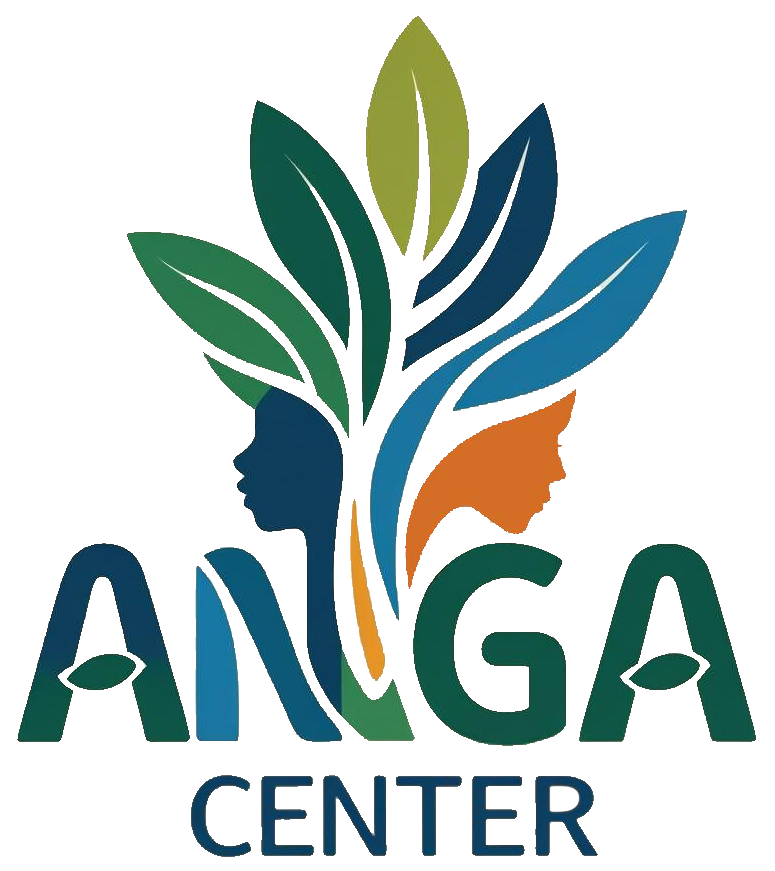The Dynamic Systems & Partnerships Core exists to disrupt the status quo in climate change and health research, fostering processes and relationships that champion equity in global health partnerships.
We strive for non-hierarchical, circular systems that prioritize relationships, channeling resources into the communities that need them, co-leading decisions with local leaders, embedding rigorous and culturally aligned research with local ethics and standards, making knowledge transparent and accessible, and anchoring our collaborations in shared values. We aim to model a partnership-centered approach to research, one where transparency, accountability, and community leadership drive sustainable change.
Partnership has many dimensions — and this core works to embed our values across all of them. What does this mean? It means striving for equity in the transactional processes of partnership—such as governance structures, resource allocation, transparency, and policy creation—while also strengthening the relational and collaborative elements that make partnerships thrive, including trust, deep understanding, and a shared vision. As our name suggests, this work is dynamic and ever-changing, and we are committed to continually moving our partnerships toward equity and sustainability.





